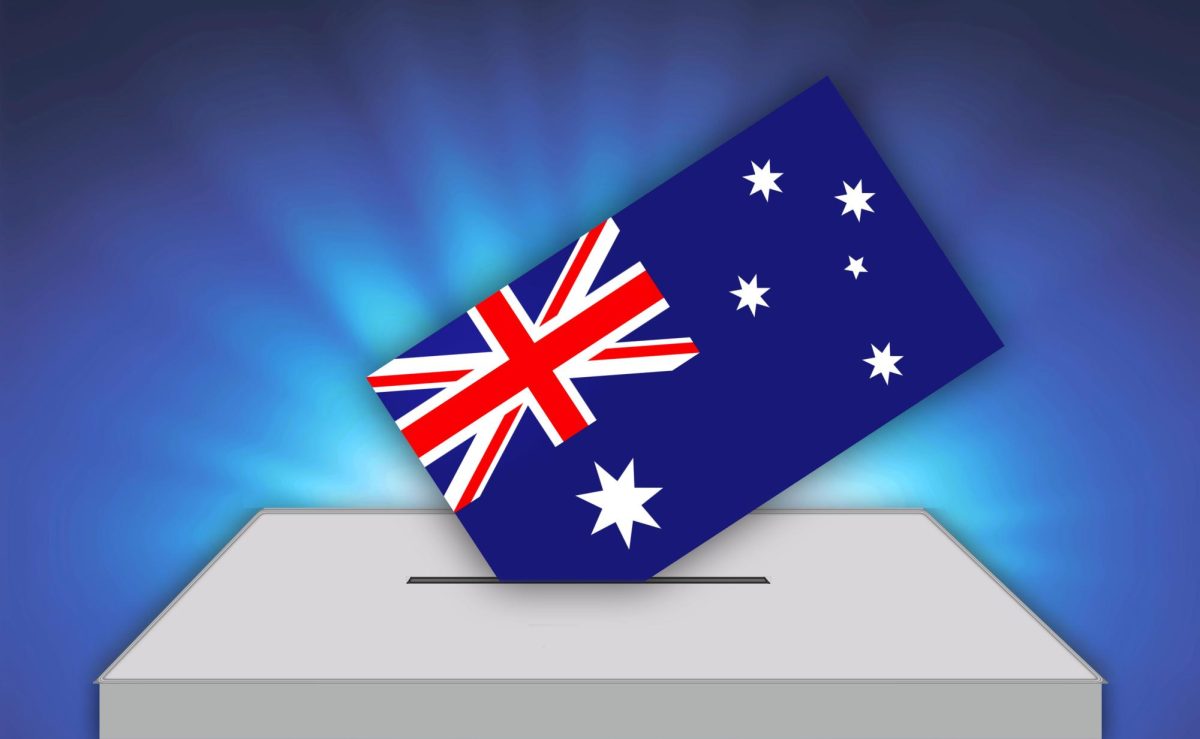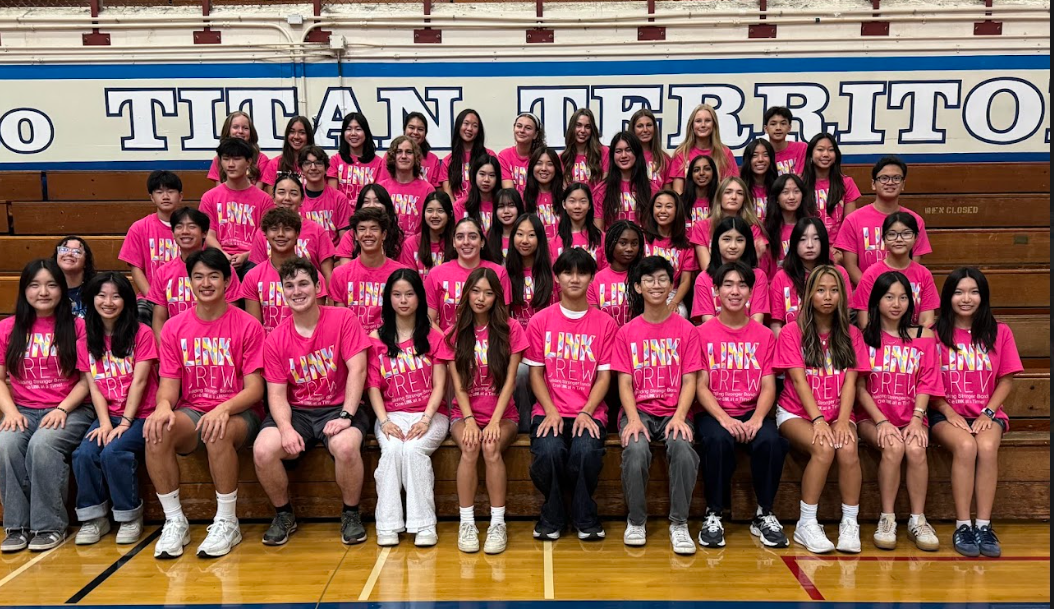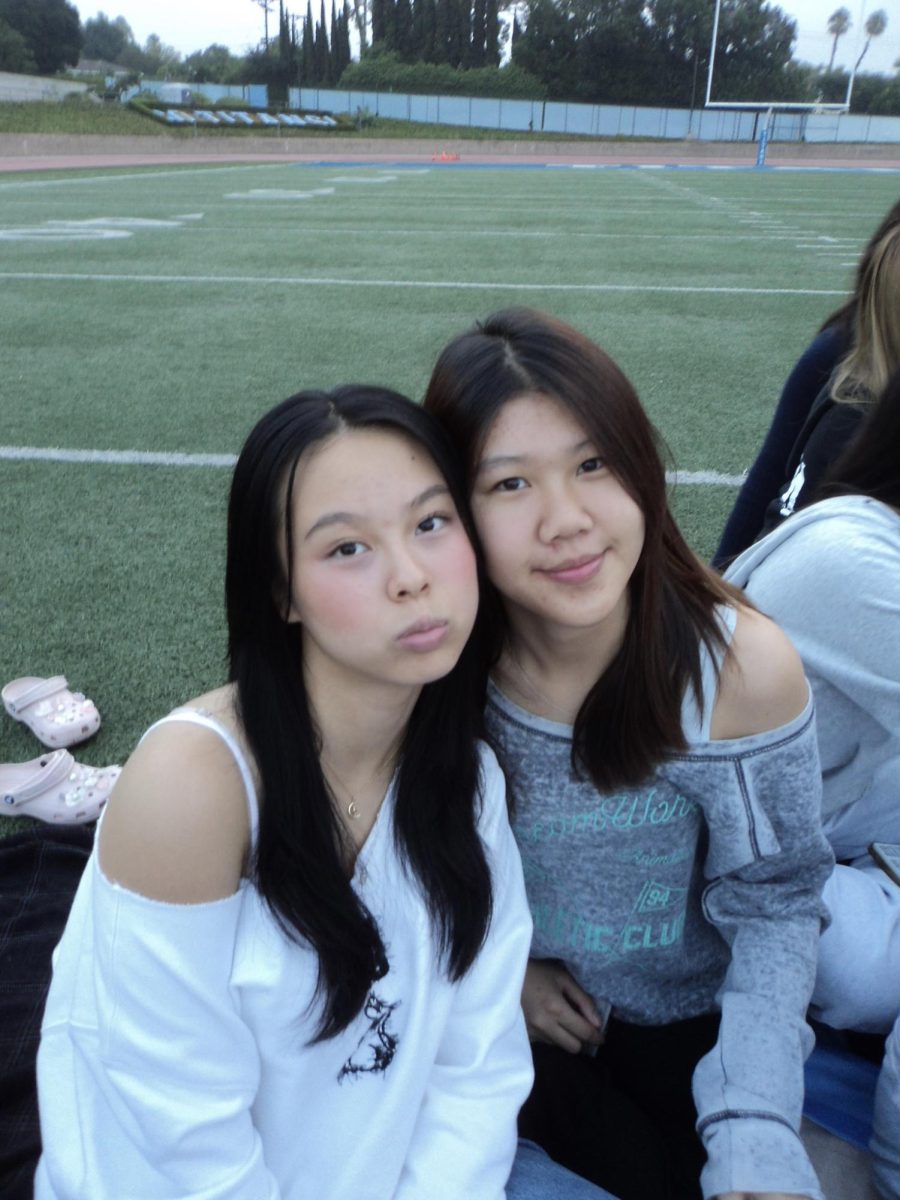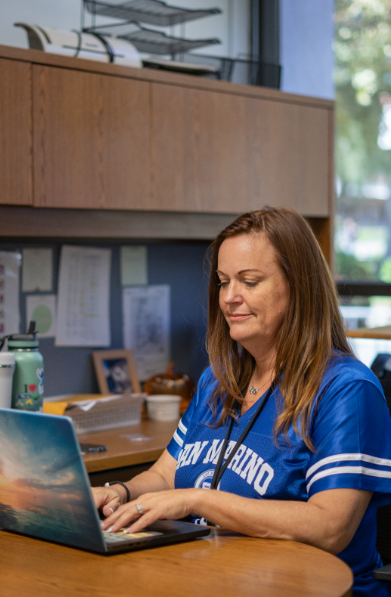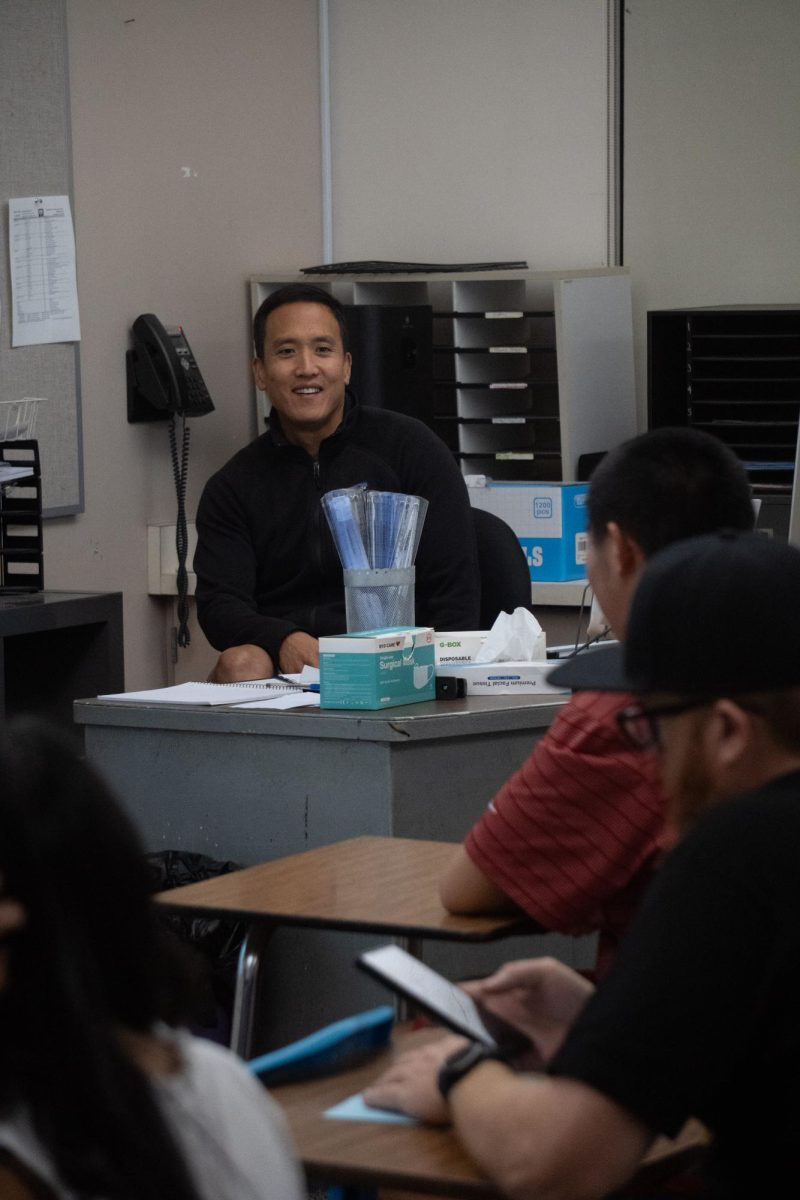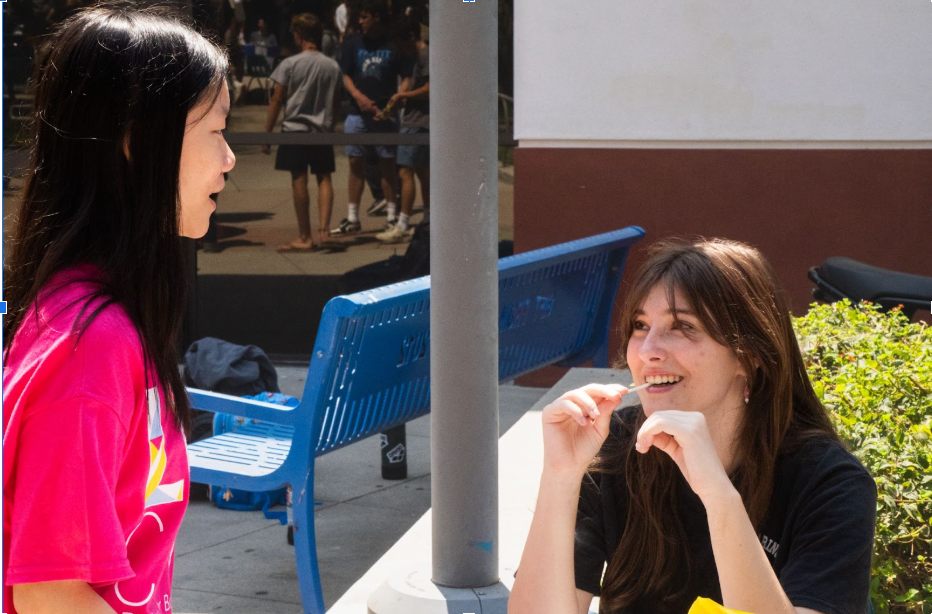In a record-breaking political achievement, the Australian Labor Party (ALP) won by a landslide in the Australian federal election of 2025, whose leader, Prime Minister Anthony Albanese, went on to lead the country as Prime Minister. The May 3 election saw the Labor party claim 94 of the 150 seats in the House of Representatives, the first time that one party has taken so many seats in a majority since 1966.
The opposition Liberal-National Coalition suffered heavy losses, securing a record-low 43 seats, which is a very sharp decline from its previous status. The outcome is the Coalition’s worst since the Liberal Party came into existence in 1944. One of the most unprecedented events was the defeat of Opposition Leader Peter Dutton’s seat within his own Queensland electorate of Dickson to Labor candidate Ali France, the first instance of an opposition leader losing their seat in Australian federal election history.
The election campaign was dominated by pressing issues including the rising cost of living, housing costs, energy policy, health, and national security. Labor offered high-sounding promises to build 1.2 million new homes and reduce tertiary student loan debt by 20%. The Coalition offered construction of seven nuclear power stations over the next 20 years and reversed recent tax cuts. Labor will hold the most seats in the Senate at 28, the Coalition will hold 27 seats, and the Greens will keep 11 seats. This balance of power gives the Greens a high degree of influence and the first time since 2010 that they have been there.
The election was also a record-breaking milestone for young people in Australian politics. Charlotte Walker, who is 21 and based in South Australia, became the youngest senator in the history of Australia in the upper house. A Labor Party member, Walker was reaching out to young voters on platforms like Minecraft gameplay and policy debates, indicating the face of political participation changing. Following the election, party leadership in the Liberal Party experienced significant changes. Sussan Ley was chosen to be the new party leader, becoming the first female federal Liberal leader. Her leadership began following the Coalition’s temporary dissolution and reformation based on policy disagreements between the Liberal and National parties.
With Prime Minister Albanese’s second term starting, his government must attempt to deliver its ambitious domestic policy agenda while managing a challenging global environment. The result of the election signals a significant change in Australia’s politics, confirming voters’ appetite for progressive change and new leadership.
